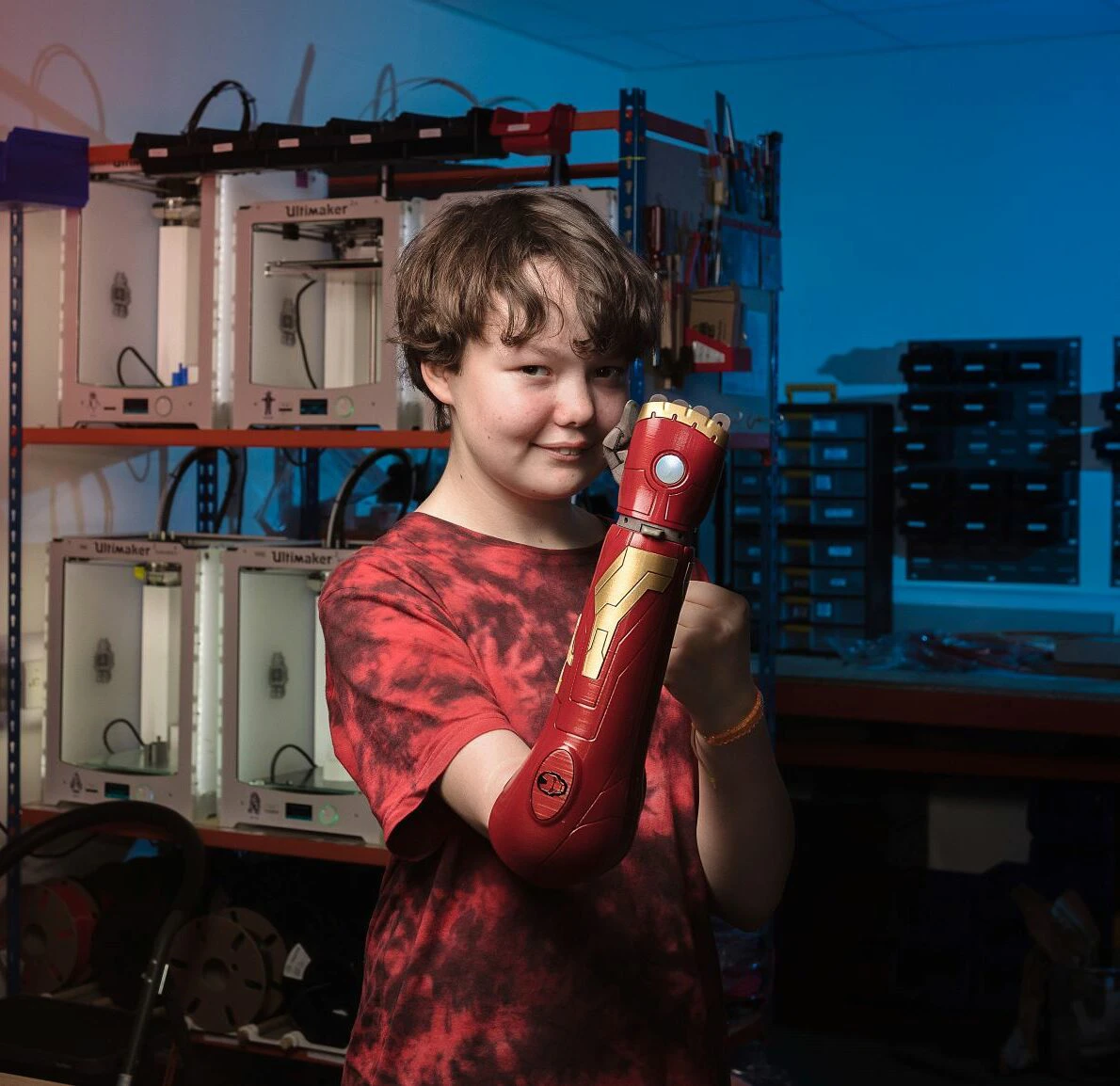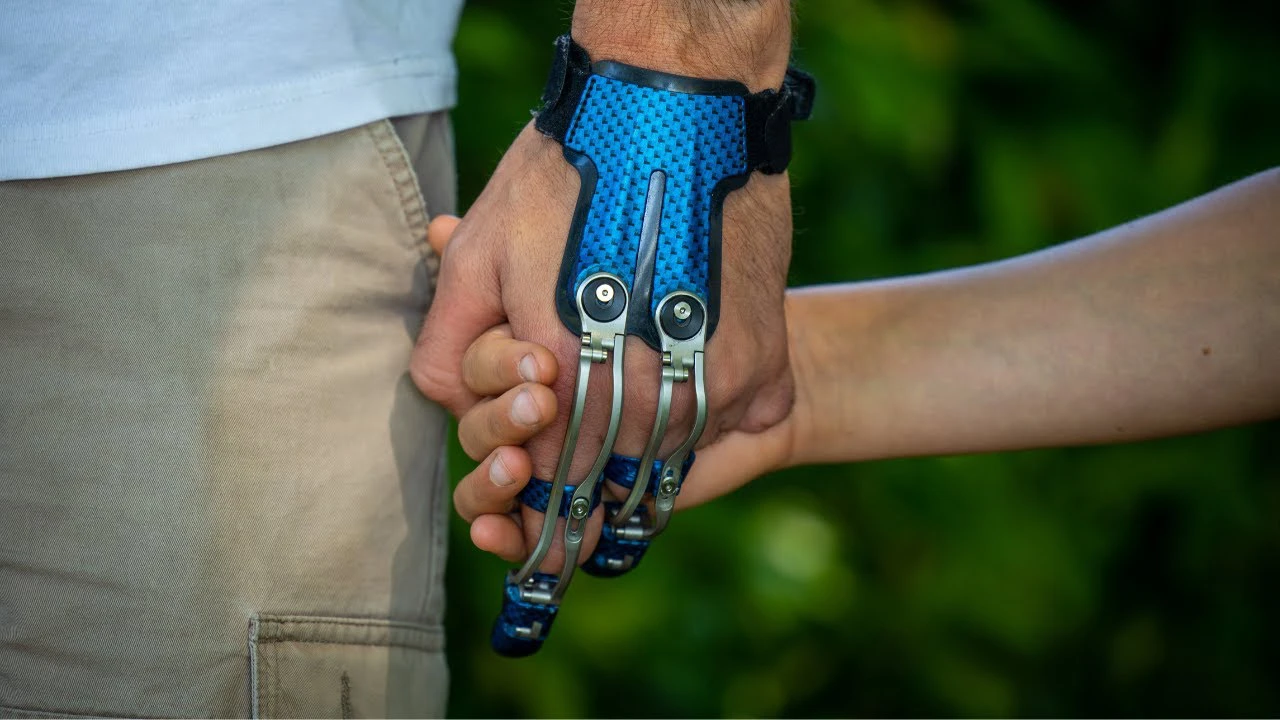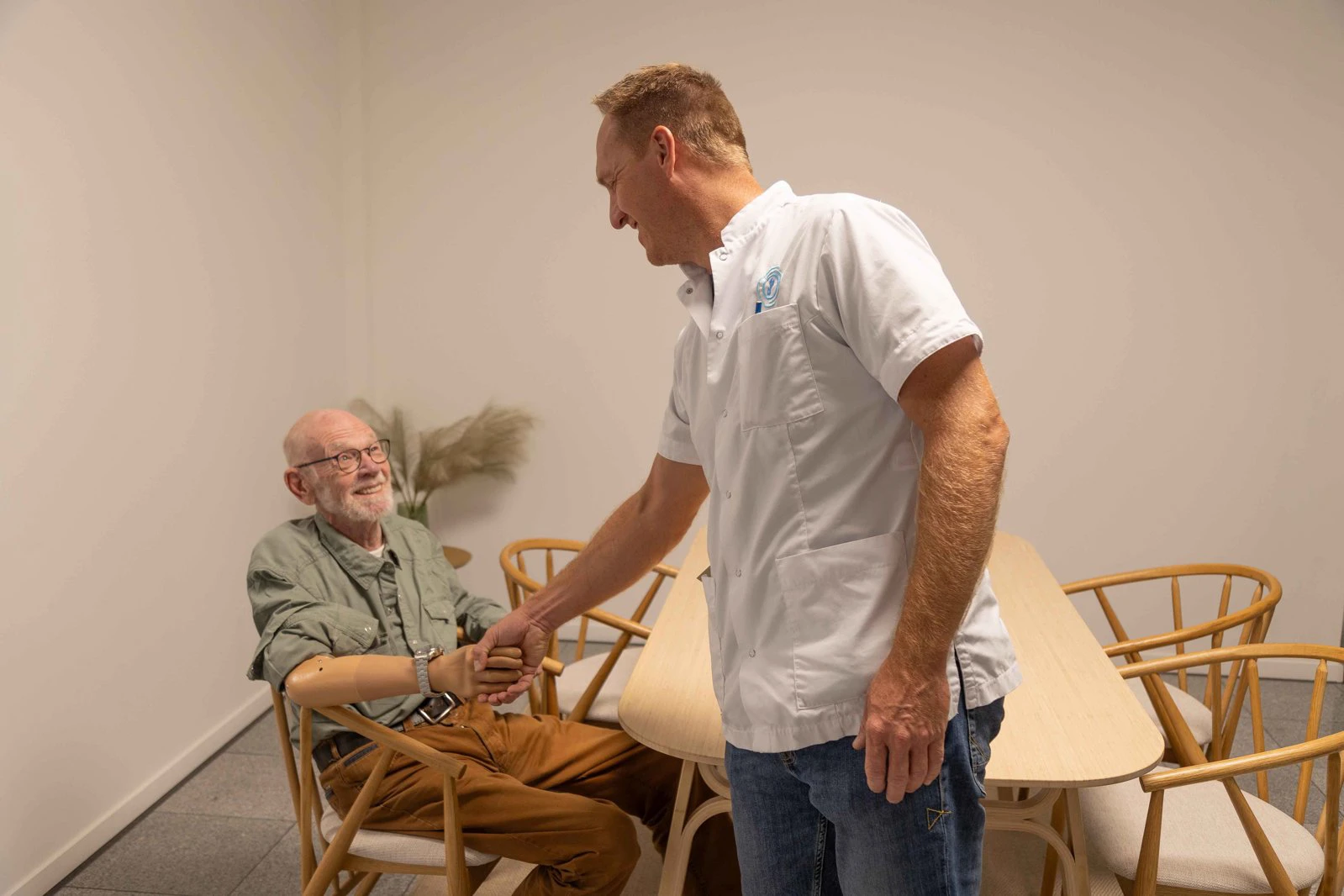Welcome To Amputee Care Center
powered by Spronken
Are you looking for specific information on the different levels of amputation in an arm amputation because you, a loved one or a patient is confronted with it? If so, it is important to understand exactly what each amputation level means and how it affects daily functioning, muscle control and the use of an arm prosthesis. Whether it is an amputation at the level of the fingers, hand, forearm, elbow, upper arm or shoulder, each amputation level requires a different approach to surgery, rehabilitation and prosthesis selection.

At the Amputee Care Center, prosthetists (orthopaedic technologists) specialise in a particular amputation level because each type of arm and hand amputation presents unique challenges and needs. Our specialised care focuses on providing customised prosthetic solutions to suit each patient's specific situation. We work closely with surgeons, rehabilitation doctors, physiotherapists, nurses and general practitioners to provide each amputation patient with a unique prosthetic solution. Our involvement often starts even before amputation surgery. Ask us for cooperation opportunities without obligation.
Contact us by completing the Contact Form or by calling +32 (0)470 500 888. We are at your service.
Below is an overview of the different amputation levels of the arm and the corresponding prosthetic options.
This type of amputation means the loss of one or more fingers or part of the palm of the hand. It often occurs in traumatic injuries, but can also be congenital or the result of disease. Although these amputations may seem relatively minor, they can have a significant impact on hand function. Prosthetic solutions range from passive cosmetic prostheses to functional arm prostheses (mechanical, myo-electric or bionic) that support grip function.


In forearm amputation, the limb is removed between the elbow and the wrist. This amputation requires prostheses that replace both wrist and hand function. The options we offer at Amputee Care Center include cosmetic prostheses, body-powered arm prostheses, which use cables and harnesses, myoelectric prostheses and the latest generation of bionic forearm prostheses, which detect muscle activity to control movements even more precisely.
This amputation is located between the shoulder and the elbow. Prosthetic solutions at this level are more complex, as they have to mimic the functions of the elbow, wrist and hand. The new generation of myo-electric upper arm prostheses are often suitable, but mechanical and hybrid solutions are also still popular.
An electronic elbow prosthesis gives active users more independence thanks to natural, fluid arm movements. The prosthesis responds to muscle signals, making bending, stretching and grasping more intuitive. This provides greater functionality in daily activities such as eating, dressing and working. Moreover, it reduces physical effort compared to mechanical systems. Training, motivation and good rehabilitation guidance is crucial. To this end, our prosthetists work closely with specialised experts and the patient's caregivers.
Shoulder-level amputations, including shoulder disarticulation and interscapulothoracic (forequarter) amputations, are rare and require highly advanced prosthetic solutions. These prostheses must replace the functions of the shoulder, elbow, wrist and hand.
The Amputee Care Center (ACC) makes customised shoulder prostheses, developed in collaboration with leading manufacturers of innovative prosthetic components. A specialised team of orthopaedic experts accompanies every step: from accurate fitting to rehabilitation. Thanks to our expertise and technological advances, people with shoulder amputations regain comfort, stability and freedom of movement. Together, we strive for maximum quality of life and a prosthesis that truly suits the person behind the amputation.


Contact us by completing the Contact Form or by calling +32 (0)470 500 888. We are at your service.
TMR (Targeted Muscle Reinnervation) is a surgical technique in which nerves are connected to unused muscles after arm amputation. These muscles learn new signals, enabling up to six separate movements with a prosthesis. With training, natural movements can be controlled intuitively and simultaneously, greatly improving prosthetic control.
In many countries, such as Belgium and the Netherlands, TMR is not yet standard care. It requires not only cooperation between surgeons, rehabilitation doctors and prosthetists, but also reimbursement or reimbursement by mutual insurance companies or health insurers.
TMR is a valuable and innovative technique with growing application in the future. Access does depend on expertise and funding. The experts at the Amputee Care Center are closely following this surgical innovation and are happy to work with specialised surgeons.
Contact us by completing the Contact Form or by calling +32 (0)470 500 888. We are at your service.
Collaboration is the key to success. At the Amputee Care Center, a team of experienced prosthetists is ready to work with the patient's doctor and caregivers to find a prosthetic solution that fits the prosthetic wearer's lifestyle and goals. We offer a personalised approach, focusing on the doctor's expertise and the patient's needs and wishes.
Are you a doctor or healthcare provider and interested in possibly working with the Amputee Care Center? Simply contact us. We will be happy to explore the possibilities on how we can support you with our expertise. Together, we put your patient first and look for the best solution. Quickly and efficiently.
